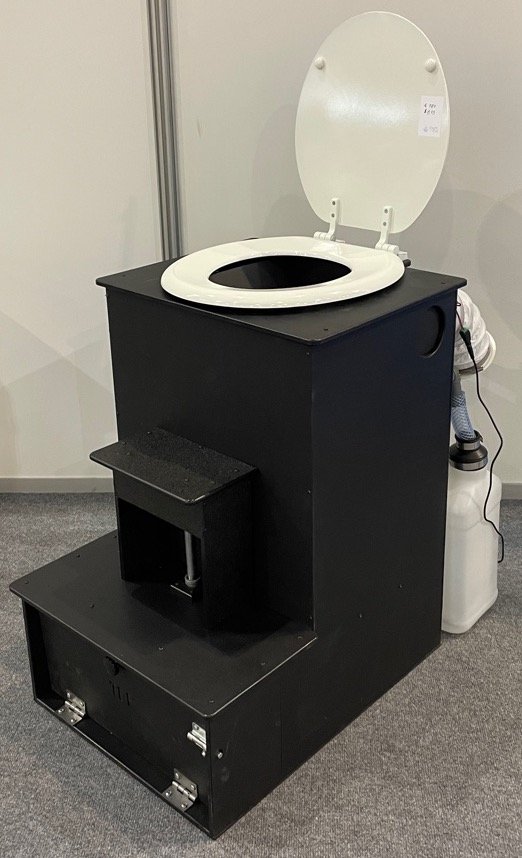Composting Toilet 101
How it all works...
TFP Composting Toilets use urine diversion and the natural processes of decomposition and evaporation to breakdown and reduce the volume of human waste, transforming it into a soil-like compost material.
It starts with a horizontally mounted rotating drum, much like a garden composter, that sits inside a box. This proven technology has been the industry standard since the 1970s in the USA and Canada.
HOW DO YOU USE THE TOILET DAY TO DAY?
You start each cycle by filling the drum with 1 gallon of damp and loose compost material, coconut coir is popular. Then you pee and poop as you do. No need to cover it with saw dust, dry leaves, or ash afterwards, you just spin it once after every use. The urine diversion system routes the urine (which is generally sterile) either into a container for later disposal or is discharged directly into a soak pit.
HOW DO I clean the toilet?
No need to clean the drum and the bin - it is actually better if some material carries over to start the composting process with the next batch. You would clean the seat as you would a seat on a flush toilet, and the same goes for the interior interface under the seat. The exterior can also be wiped down. Any cleaning product can be used.
WHY DO YOU ONLY NEED TO EMPTY IT ONCE EVERY 2 MONTHS?
Waste entering the toilets is over 90% water, which is evaporated and carried back to the atmosphere through the vent system. The urine diversion system carries sterile urine to storage containers to be diluted and used as fertilizer or discharged directly into the ground via a shallow soak pit.
The natural decomposition process, which is essentially the same as in your standard backyard garden composter, is enhanced in waterless composting toilets by manipulating the environment in the composting chamber.
The correct balance between oxygen, moisture, heat and organic material is needed to ensure a rich environment for the aerobic bacteria that decomposes the waste. This ensures odor-free operation and complete decomposition of waste.
Natural aerobic decomposition eliminates dangerous pathogens and foul odors. It also reduces the volume of the waste by 80% so the user only needs to empty the drum into the secondary storage container out once every 2 weeks.
After you empty it into the secondary container, the composting solid waste will continue to break down underneath the drum. After emptying the drum a few times over 2 months you can take out the composting bin to bury.
To do so, you dig a hole a foot deep, put the compost in the hole, cover it with wood ash, charcoal ash or agricultural lime (this is to dry it out & raise the pH which kills the pathogens thereby disinfecting the waste) and finally cover it all over with dirt and you’re done!
IS THE COMPOST SAFE TO USE AS FERTILIZER?
When human waste is properly composted, levels of pathogens or viruses in the waste are dramatically reduced. The pathogens and viruses are further destroyed by desiccation (drying out).
It is recommended that the soil-like compost material coming out of a composting toilet be buried nearby with an ash/lime cover as a final disinfectant. This will raise the pH of the waste – further destroying any remaining pathogens and viruses that thrive in an acidic environment and die in a basic one.
Under certain circumstances, it can be used as a nutrient-rich fertilizer for growing trees. However it is not recommended for surface crops since there is the possibility that some pathogens remain in the waste, which can be harmful if exposed to. As long as the compost is in the ground, then the exposure route is not present.
2019 Discussion at Yestermorrow

